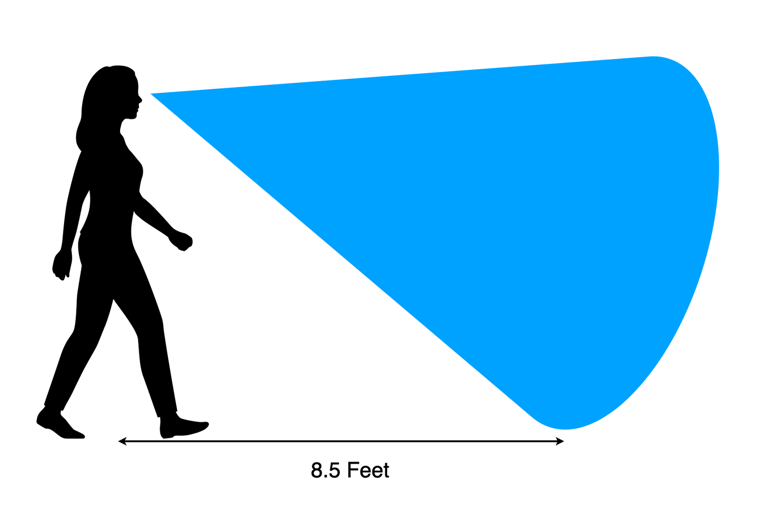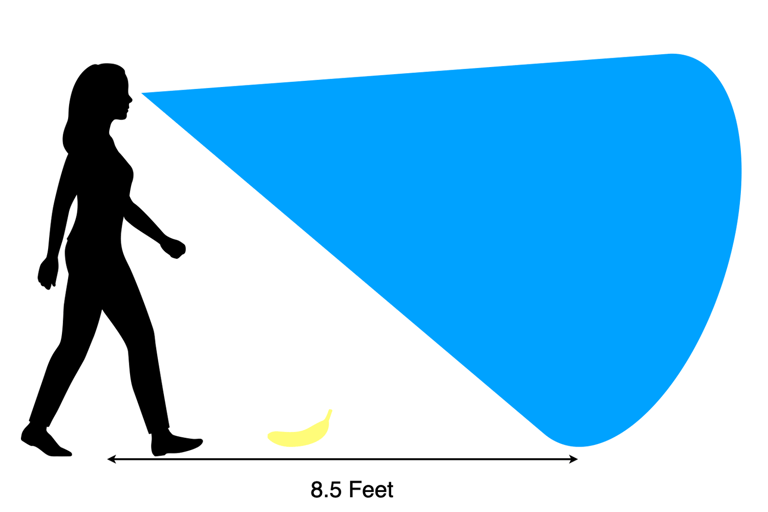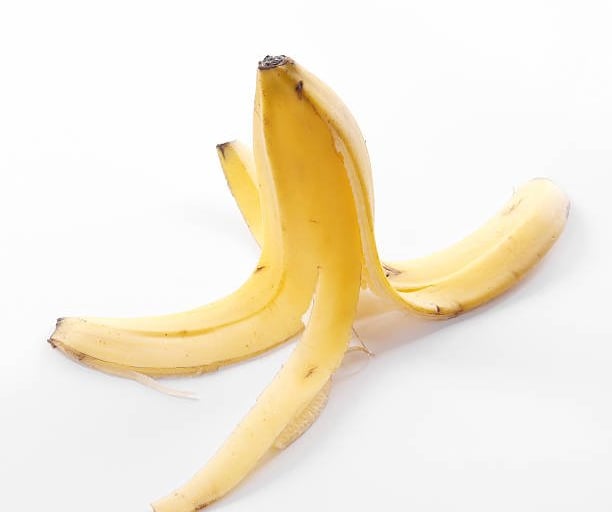Photos Lie
With the advent of cameras in phones, photos are a much bigger part of our practice. Particularly premises liability cases.
A photo is worth a thousand words. But sometimes the story the photo tells is misleading.
We assume that what we see in a photo is what the person who was hurt was able to see.
But the eye and the camera work very differently. The eye doesn’t capture the world the same way a camera would. There are differences between the anatomy of the eye and the camera lens. And then there’s also the way the brain processes the raw visual information conveyed to it.
Our effective field of vision is the same shape as a cone.


When we walk, particularly in a built environment, we're looking ahead. We don’t need to look down at our feet. We’ve already seen and processed what’s there. The farther we’re able to look ahead, the more quickly we can move.
This system that we’ve developed works really well as long as there are no obstructions. But it doesn't work so well when we go around a corner.
When we turn a corner we’re still looking about 8.5 feet ahead. But unlike when we’re walking on the straightaway, we haven’t already seen what’s at ground level.
After we turn the corner we have a blind spot.


Let’s say there’s a banana peel on the ground right around the corner. The woman slips, falls and breaks her hip.
We don’t have video of the incident. We just have a photo of the banana peel (taken after the woman slips and falls).


A lot of people would say that it would have been impossible not to see the banana. How could the woman have been so stupid?
But that’s because the photo doesn’t show what the woman would have seen (or not seen) while operating in exactly the same way as every other reasonable person.
Safety engineers and human factors explain this phenomenon all the time. And once you think about both the cone of vision and how we’ve learned to operate in built environments, it makes sense that the woman would not have had any idea that the banana peel was there (or would have realized it too late to avoid it).
There are parts of the country where science has been abandoned. It's very difficult to convince jurors who disregard science and subject matter experts that what is shown in the photograph is not what the injured person actually saw.
Fortunately, we live in a part of the country where science continues to have a strong impact on decision making.
Myers & Company
Personal Injury Attorneys
© 2024. All rights reserved.


